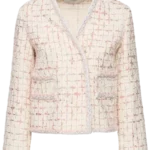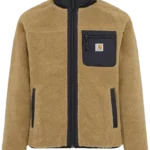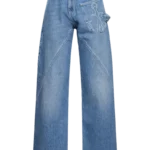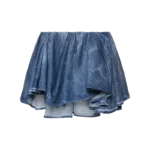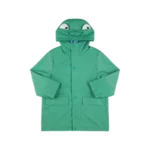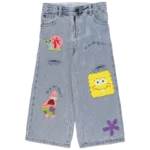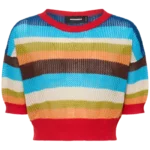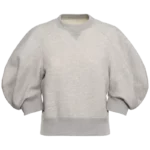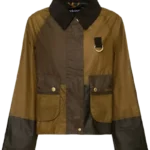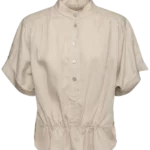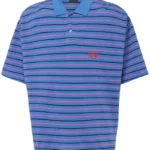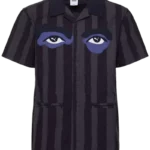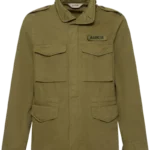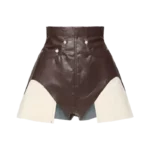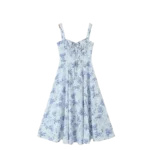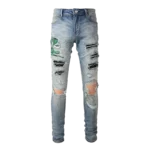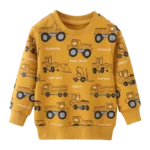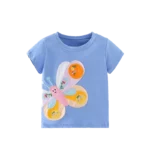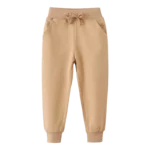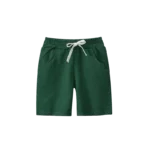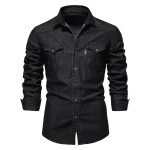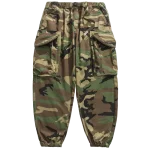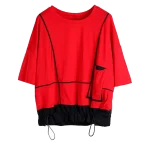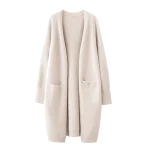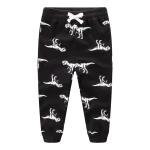The trend throughout the 1950s to wear matching clothing parts was followed by women from each social class. After the limiting of fabrics throughout World War II (1939–45), women embraced the availability of luxuries once again. Their outfits matched plenty of products on the market. Accessories once defined by the war were available in all price ranges. Women freely accented their running skirts with an array of hats, gloves, belts, handbags, and shoes. Soon women’s desire to accessorize began to fade and to prevent the falling sales, companies announced a new fashion: mix-and-match clothing.
Matching clothes became a fashion amidst women in the United States and Europe. Women began obsessively matching the various parts of their outfits, buying bags, belts, gloves, hats, shoes, costume jewelry in matching colors. Artists also began producing mix-and-match outfits, allowing women to wear uniquely designed looks. Mix-and-match clothing styles allowed women to wear completely coordinated sets.
It’s not a surprise to hear about “Casual Friday”, which every employee waits to wear casual clothes to work to display their unique personality, has become more and more common in various companies. However, those, who have only just now heard this term for the first time and feel forced to pull off Casual Friday look on Fridays to stand out from the crowd at work, might start wondering “How to dress appropriately on Casual Fridays?”.
Sometimes we want to go completely arbitrary by just buying and mix-and-matching clothing parts we can find online and want to make a good impression on our customers as well as our colleagues. Since it is assumed that everyone has at least one pair of jeans and apparently changes it less often, it is better and easier, to begin with, mix-and-matching jeans with already available or newly purchased clothing parts tying the whole outfit together and making a look calm and playful.
Instead of mix and matching with already owned clothes, we offer you the possibility to play with our platform and create dozens of outfit ideas for almost any occasion in your life. Just head to our homepage to see four body parts that can each be customized.
Want to see how Denim Looks for Women? Select Women > Bottoms > Jeans. With the bottoms in place just choose a shirt, a simple t-shirt, oversize t-shirt, blouse, or any item you desire. Each part is draggable and can be enlarged. Now you have a glimpse of how the outfit will look or if the colors match and blend. The best part is that the cloths can be bought, so real products to play with.
Want to try out Denim Looks for Men or Jeans with Shirt, just follow some pattern and start blending the colors into an outfit that matches your style. The products can be filtered by size and color so take the color to your advantage and build an outfit to impress.
